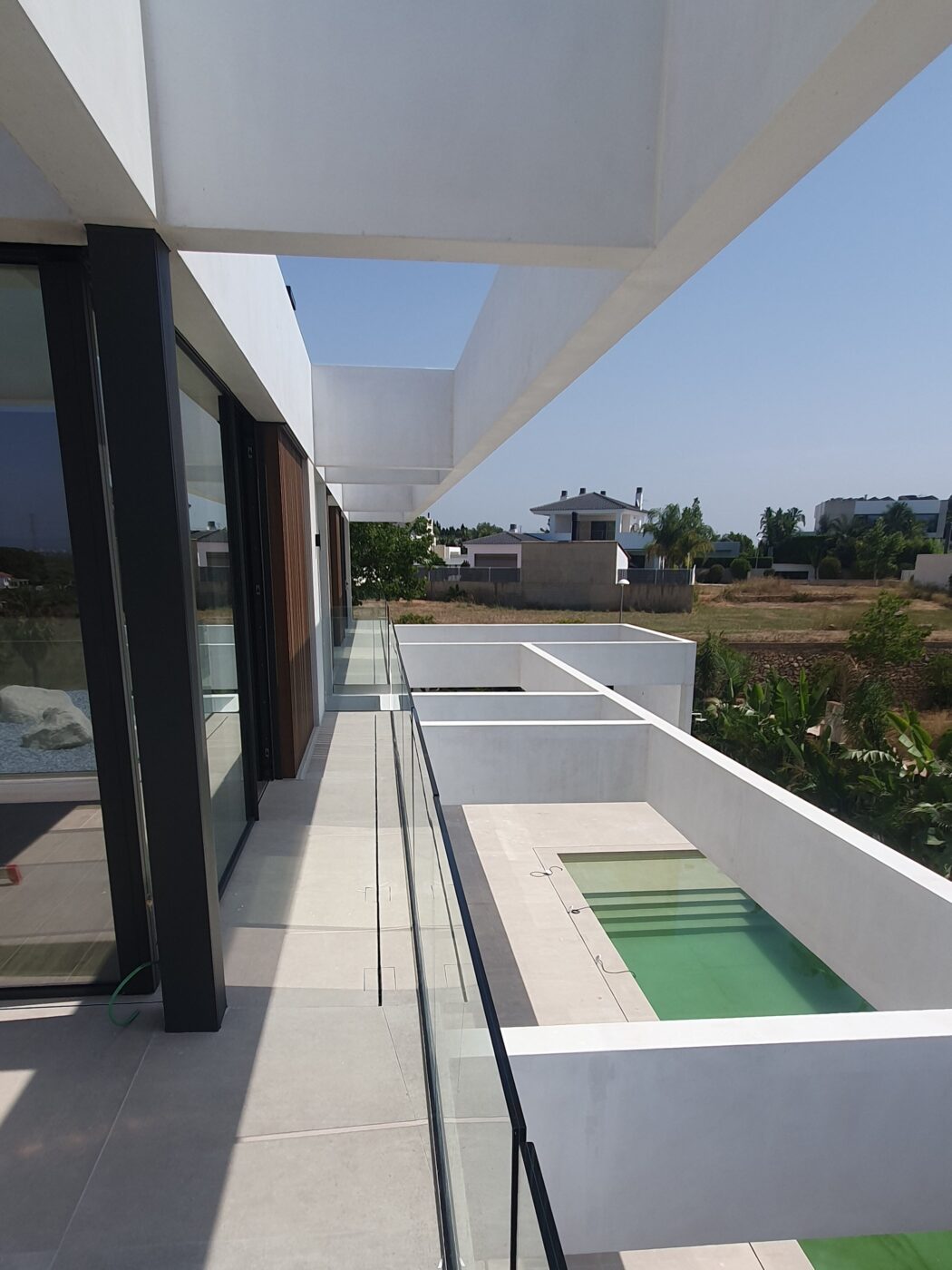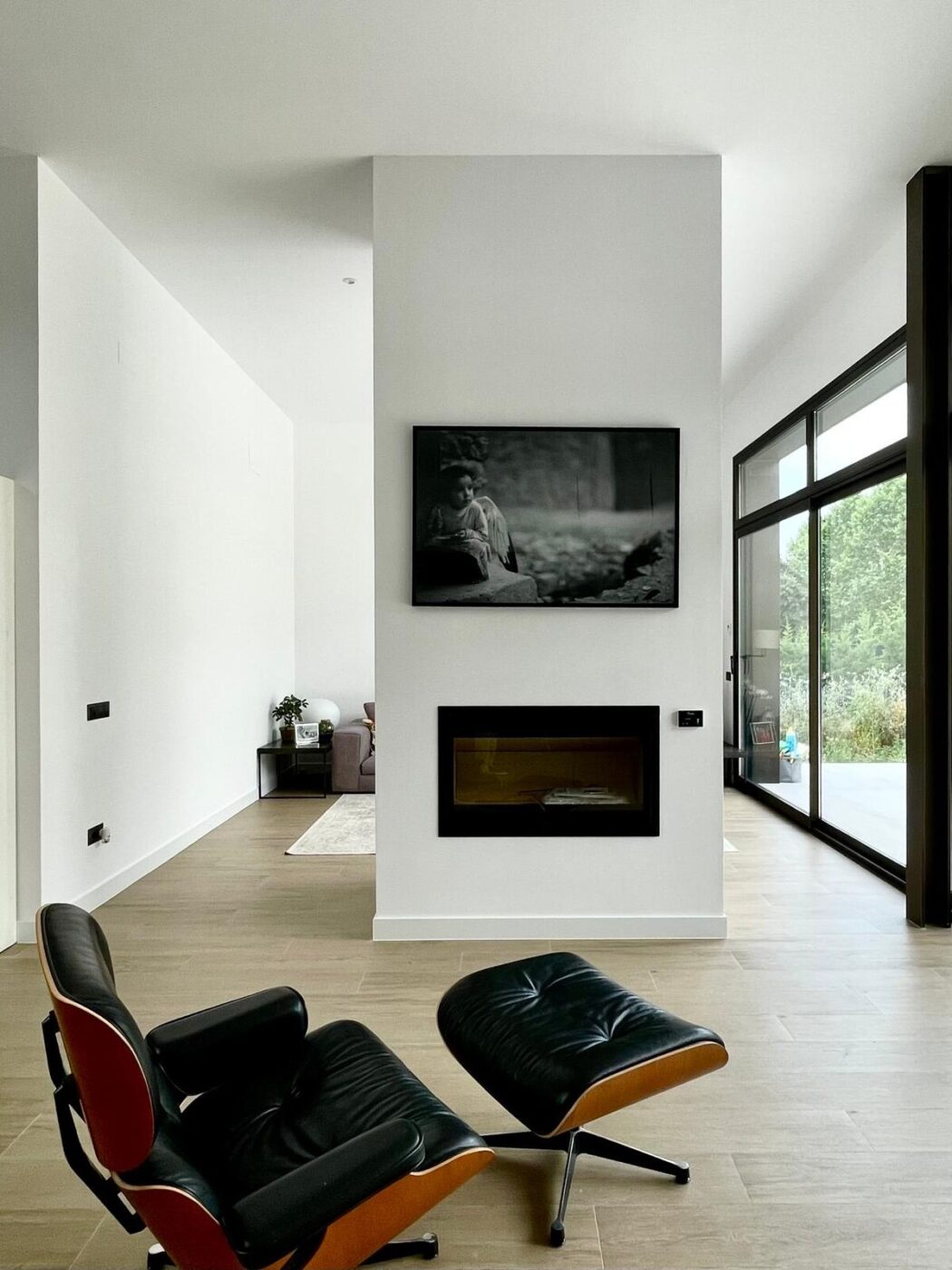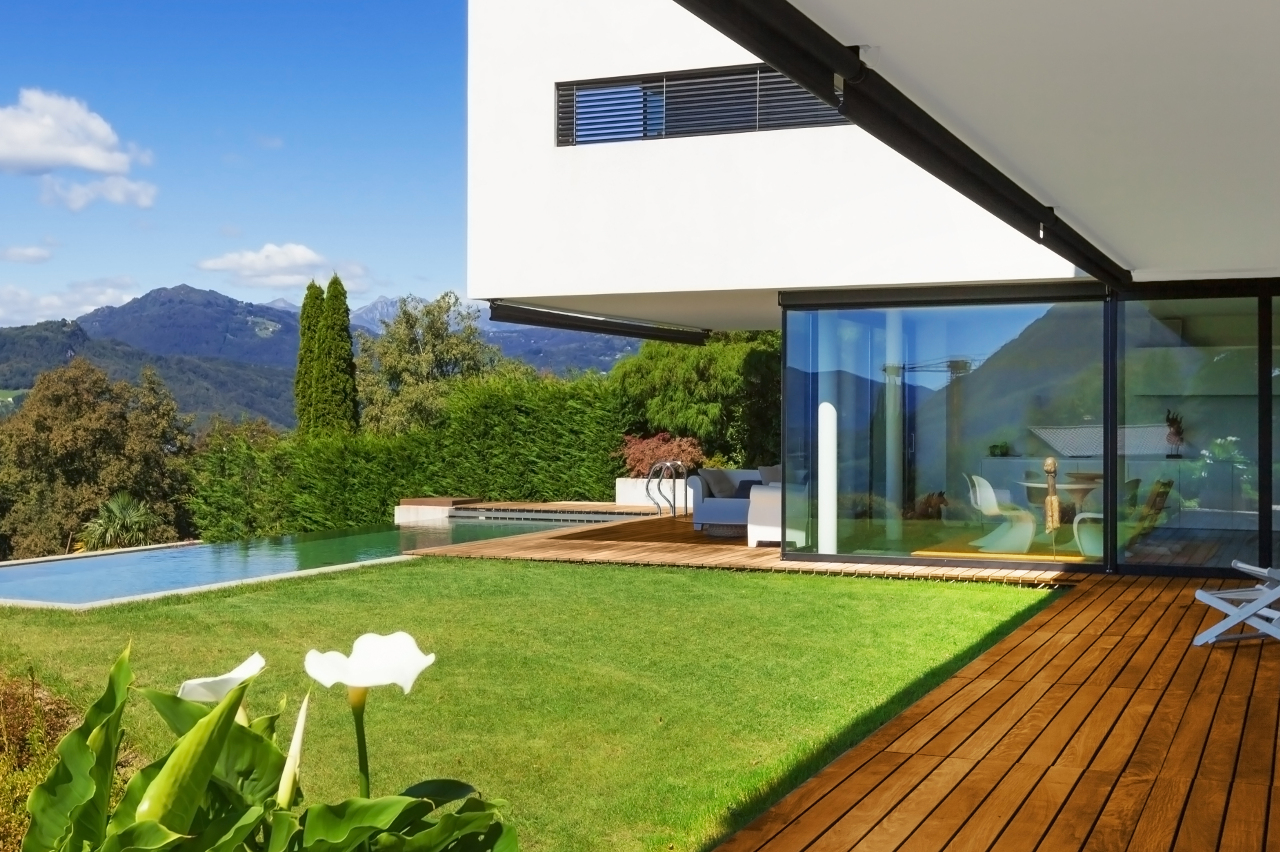
How to build a house in Spain: the definitive guide for 2025
Building a House in Spain – The Complete Guide for Your Dream Villa
So, you’ve decided to turn your vision of a Mediterranean villa into reality. But when you start researching building a house in Spain, the excitement can quickly turn to overwhelm.
-
What’s the cost of building a house in Spain?
-
Do I need an architect in Spain I can trust?
-
Can I find English-speaking help?
-
What are the risks, and how do I avoid them?
Without expert guidance, Spain building projects can feel daunting — and risky. You could make expensive mistakes, delay your project, or even risk going over budget.
At Eco Vida Homes, we’ve spent over a decade helping international clients design and build beautiful, energy-efficient villas in the Costa del Sol, Costa Blanca, Costa Tropical, and Costa de la Luz. Our mission is to make your experience smooth, enjoyable, and financially secure.
Prefer to watch? Here’s our video on Building a House in Spain — with real-world examples and tips.
Why Work with Specialists for Self Build Homes in Spain
A self build home in Spain can be one of the most rewarding things you’ll ever do. But it’s also a major investment — and the process is very different from building in your home country.
With Eco Vida Homes, you benefit from:
-
A British-qualified Chartered Surveyor with 30+ years of experience in Spain
-
A skilled, English-speaking architect in Spain and technical team
-
Transparent budgeting and planning to ensure the financial viability of the project
-
Step-by-step guidance from first idea to moving in
If you want to talk to John Wolfendale and get all your questions answered you can make an appointment right now on his personal diary CLICK HERE
Step 1 – Confirm Building in Spain Is Right for You
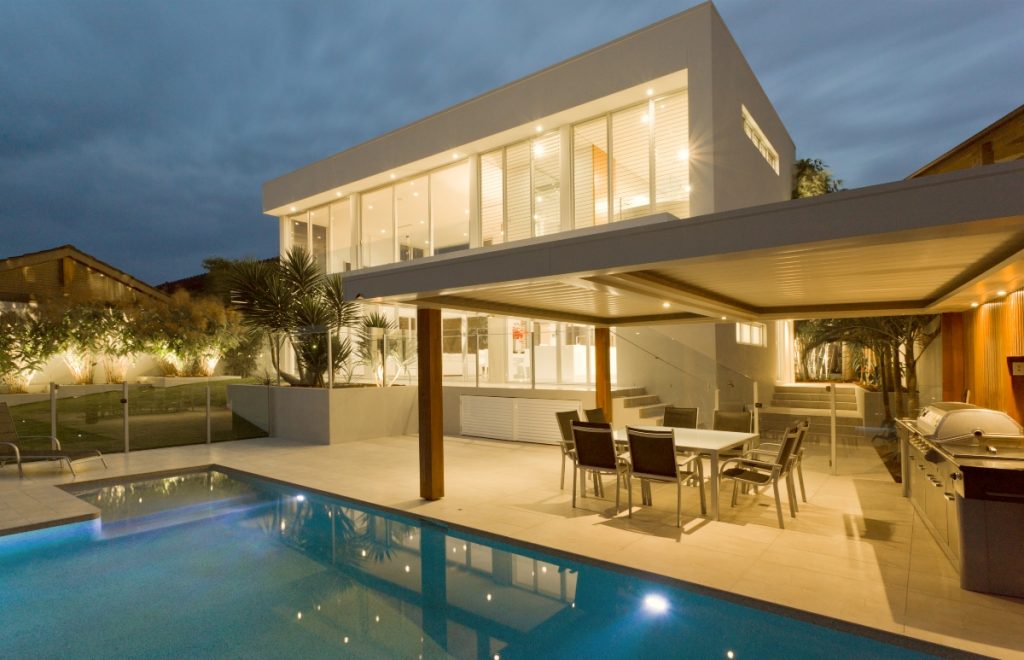
Before you start budgeting, scouting locations, or designing your villa, you need to be sure this is the path you want to take.
We’ll give you a clear overview of the entire process, from buying land in Spain to getting your building licence approved. With this knowledge, you can move forward with confidence.
We can also send you some really clear guidelines on how to accurately estimate the cost of building a house in Spain so you can check the feasibility of your idea right at the beginning. Ask John Wolfendale on his email john@ecovidahomes.com
Step 2 – Define Your Vision
While we can help with location searches, villa design, and budgeting, the inspiration begins with you:
-
Make a list of must-have features for your dream home
-
Browse Idealista to explore styles and locations
-
Use our free “Back-of-the-Envelope Guide” to estimate the cost of building a house in Spain
Your vision will guide every design decision, ensuring the final result reflects your lifestyle.
Step 3 – Find the Right Plot of Land in Spain

Finding land for sale in Spain is just the first step. You also need to know whether you can legally and practically build on it.
We help you appraise the land to check:
-
Legal zoning (urbano vs rústico)
-
Access, boundaries, and orientation
-
Any planning restrictions or risks
This free, no-obligation appraisal ensures the plot you choose supports the financial viability of the project.
Step 4 – Understand Planning Regulations
Buying land in Spain comes with bureaucratic challenges. Municipalities each have their own planning rules, processes, and timelines.
Some licences take 6–9 months; others, like in Marbella or Benahavís, can take two years or more. We know how to navigate these delays and keep your project moving forward.
Step 5 – Assemble Your Team
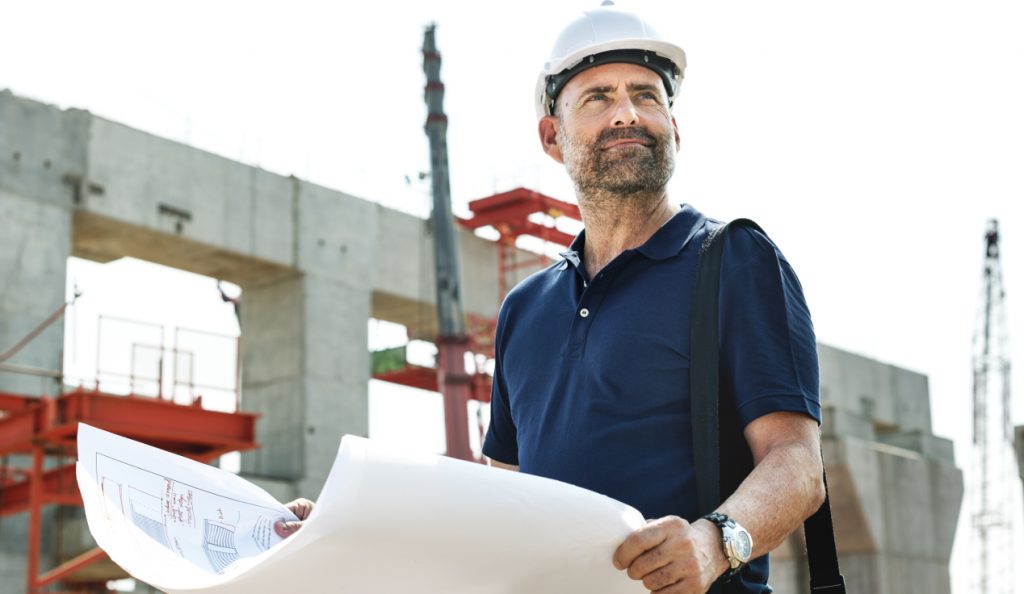
For your build to be legal, you’ll need:
-
An architect in Spain (director of works)
-
A technical architect (site manager)
-
A health and safety officer
Our in-house professionals respect your vision and understand local regulations. Remember, fees for architects in Spain typically range from 58% to 13% of the build cost depending on the size and complexity of the project— we’ll help you plan for this from the start.
Step 6 – The Villa Design Process
Your architect will work with you to create a design that perfectly balances beauty, comfort, and practicality:
-
Establish the layout, volume, and orientation
-
Refine the design until you’re 100% satisfied
-
Prepare documents for your building licence
-
Complete the proyecto de ejecución covering every detail from structure to finishes
Take a look here at exactly how we custom design and build your villa in Spain.
Step 7 – Start Building Your Home in Spain
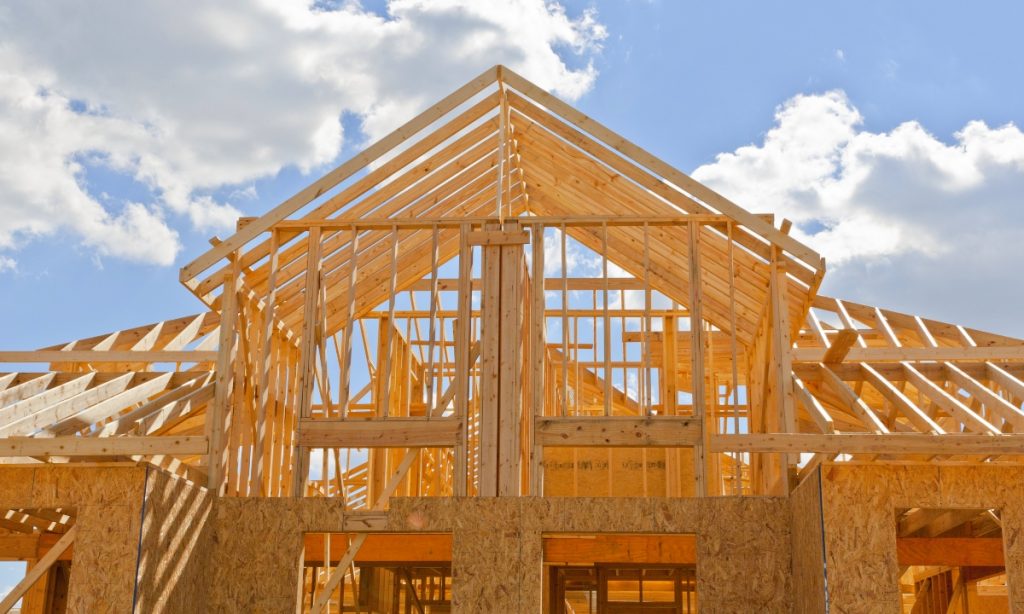
When your licence is granted, construction begins under the supervision of your Facultad Directiva team. We manage the build, ensuring quality, timelines, and budgets are respected.
Once complete, you can focus on interiors, landscaping, and moving into your new life in Spain.
Why Choose Eco Vida Homes for Your Self Build Home in Spain
-
Proven track record with international clients
-
Sustainable, energy-efficient villa design
-
Clear budgeting to avoid surprises and risk going over budget
-
End-to-end project management for a stress-free experience
Take the First Step Today
If you’re ready to start building a house in Spain and want trusted experts to guide you, let’s talk.
Get in Touch to book a one-to-one video consultation directly in John Wolfendale’s personal diary. In this call, you’ll:
-
Ask anything about Spain building laws, costs, and processes
-
Review your ideas for self build homes in Spain
-
Understand the timeline, costs, and next steps for your dream villa
Book your free consultation here

